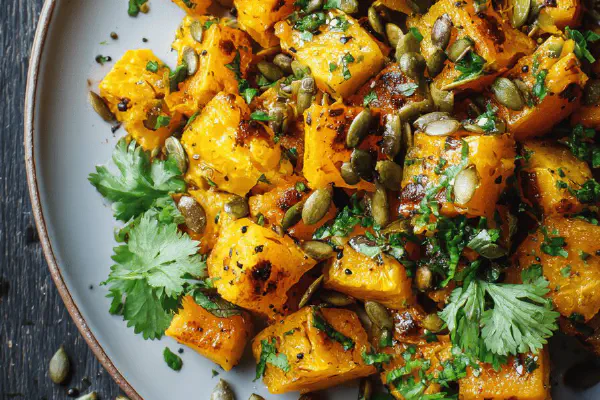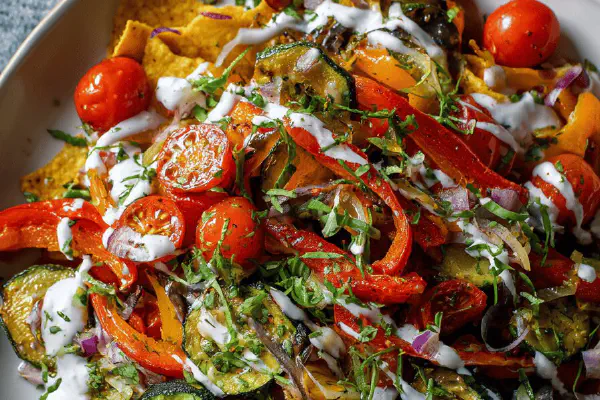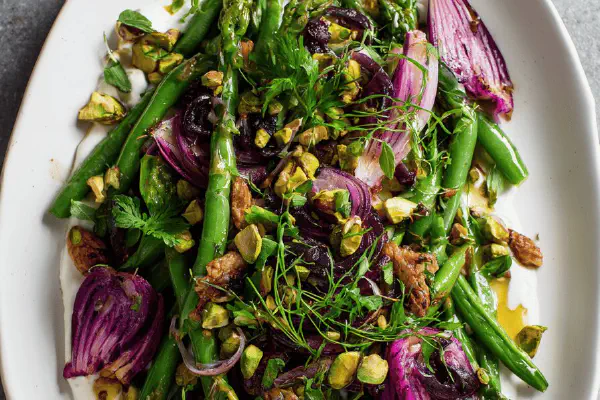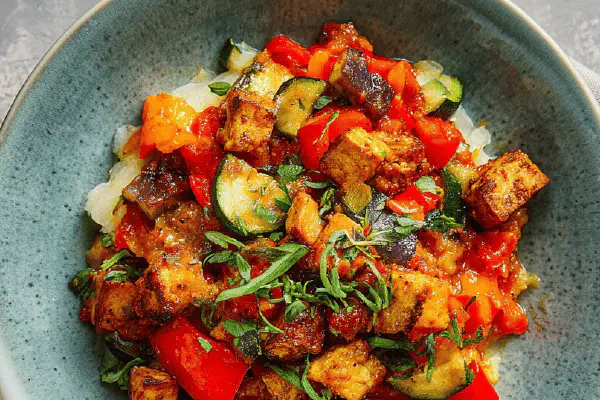Featured Recipe
White Bean Puree Baby
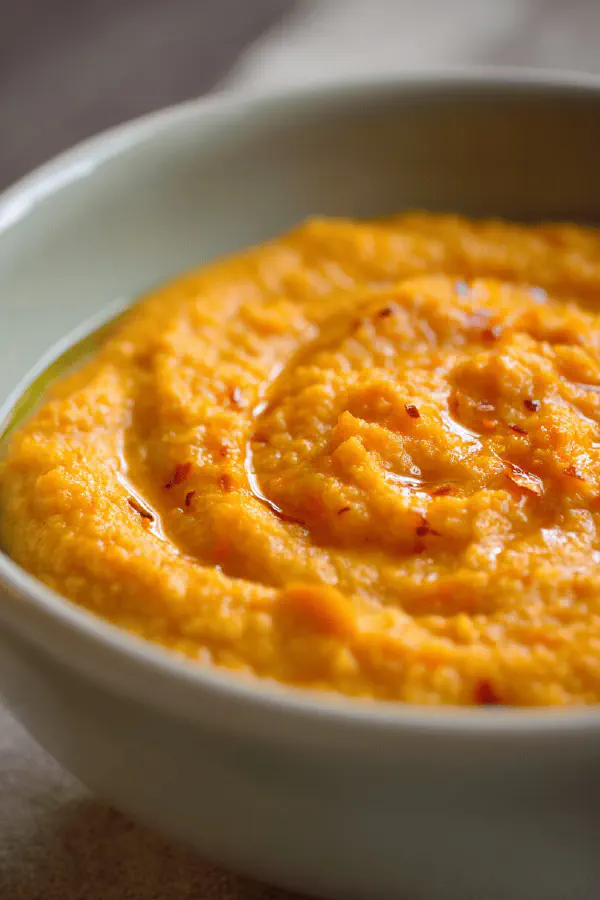
By Kate
"
Basic puree made from canned white beans and water, strained for smoothness. Adapted for baby food, vegetarian, vegan, free from nuts, dairy, gluten, and eggs. Useful for texture introduction while ensuring digestibility and allergen avoidance.
"
Prep:
12 min
Cook:
9 min
Total:
21 min
Serves:
3 cups
baby food
puree
vegetarian
vegan
cooking for kids
Introduction
Beans, unforgiving in texture if handled wrong. Rinsing canned beans is non-negotiable — that residual gel clogs purees. Carrots sneak in sweetness, soften the profile; babies crave slight natural sugar notes not just bland paste. Broth replaces water — no preservatives, gentle flavor that doesn’t overshadow. Olive oil, though optional, is the fat that rounds texture and aids nutrient uptake. Don’t skip passing through a sieve, no shortcuts. A gritty texture can turn a first feeding nightmare. Timing based on sight, feel, no clock reliance here. Beans too dry? Wet till loose but not runny. Hot? Let baby-friendly temperature cool naturally. The faint hum as processor chops the mixture, smell shifting from dry bean scent to less starchy, sweeter. These sensory cues tell you where you stand.
Ingredients
About the ingredients
Canned beans save time but always rinse thoroughly — residual sodium, canning gel affects both flavor and puree texture. Cannellini or navy beans ideal for mild flavor and gentle consistency but great northern or even peeled fava beans can substitute. Water is workable but broth (vegetable or chicken if not vegan) uplifts without overpowering. Carrot adds natural sugar, making the puree more palatable for little ones, and aids digestion with fiber. Olive oil optional, helps fat-soluble vitamin absorption and improves mouthfeel. If olive oil unavailable, substitute with a mild vegetable oil like sunflower or avocado, both neutral in taste. Skip oil if allergies or preferences require. Using fresh steamed carrot rather than raw grated improves digestibility and flavor. Always choose unsalted broth to avoid high sodium — babies unsuited for salt spikes. Straining through fine sieve is essential, baby gums and teeth can’t handle lumps at this stage. If fresh carrot unavailable, a pinch of sweet potato puree works.
Method
Technique Tips
Precision in texture beats timing. Start with rinsed beans, any stickiness ruins puree smoothness. Heating broth just below boil softens added carrot, unlocking sugars without mush. Gently cook grated carrot in broth on medium low, watch for color change to brighter orange and tender texture — poke with fork to test. Blend beans and carrot in pulses, stop often, scrape down bowl sides. Small batches avoid overheating and breaking skin cells unnecessarily. Olive oil folded in last creates silky finish and improves sensory texture. Slowly adding liquid adjusts consistency; always err on side of thicker puree, thinning incrementally. Push puree through fine mesh for uniform consistency — double strain if needed for ultra-smooth finish. Cool at room temp, stir periodically; visual check for condensation or clumps, those indicate uneven cooling. Avoid reheating more than once, can cause separation and loss of nutrients. Refrigerate in shallow airtight containers to speed cooling and preserve freshness.
Chef's Notes
- 💡 Rinse beans thoroughly. No shortcuts on this. Any stickiness ruins texture. Strain till clear. Check for foam while rinsing.
- 💡 Vegetable broth, just warm enough. Not boiling. Softens sweetness better. Carrots cook fast, watch them. Tender but not mushy.
- 💡 Don’t over-process the mixture. Check frequently, scrape sides. Aim for creamy, but avoid heating too much. Use gentle pulses.
- 💡 Add olive oil at the end. It helps with mouthfeel. But if allergies, can skip it. Or use avocado oil instead.
- 💡 Straining is key. Push through fine mesh sieve. No lumps acceptable for babies. Double strain if going for ultra-thin.
Kitchen Wisdom
Why rinse canned beans?
Removes sodium and goesop. Residual gel gets in the way. Adds off-flavors. Rinse it all, no foam.
Can I use different beans?
Sure. Navy or great northern work. Fava beans too. But watch for texture changes.
What do I do if puree is too thick?
Add broth slowly, keep testing texture. Aim for baby-friendly not too runny mess.
How to store the puree?
Airtight containers in fridge, max 48 hours. Freeze for month. Whenever cool, then seal.
